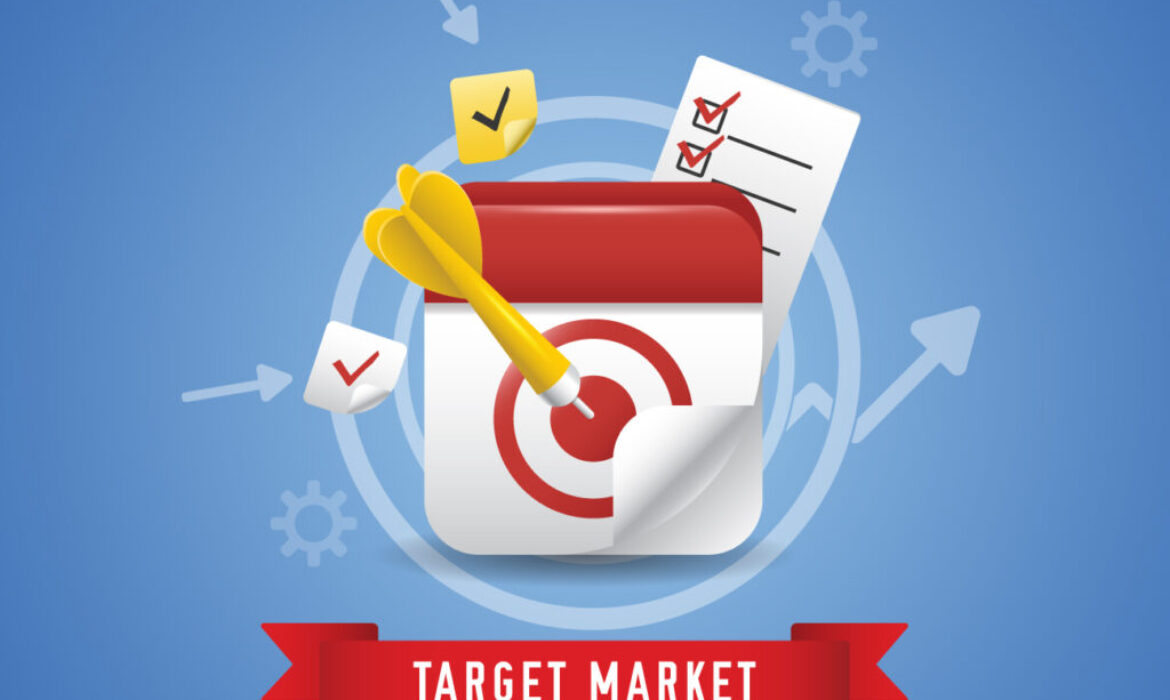081-4797-7173

Knowing the concept of ‘Target Market’ would help you secure your business better as one who is just coming on board. Note that, not all customers are not your customers. Not everyone is your potential buyer. This article will highlight how to know and secure your ideal customers.
What does Target Market mean?
Target Market is your potential buyer you identify to sell your goods and services to. In a short form, they are actually people your goods and services are created, suited and marketed to.
Your target market can be customers, Industries or Resellers.
Why have a Target Market?
You should have a Target Market for these reasons
-You are just starting up and you don’t really know your potential customers yet
– it’s a more effective and affordable way to reach your customers and generate business revenue better.
– it’s allows you create products and services that meet specific needs of customers
– You can easily track your progress and know whether you are meeting your goals or not.
– It’s allows you to study customer’s nature and how they interact with your product and services
– it allows you to channel your marketing to motivate them to buy your products and services.
Sources have it that:
-40% of startups fail because they have no target market for their offer/service.
-20% of startups failed because they ran out of cash (they were targeting all customers).
You now could see reason why you should have a target Market for your business
How to identify your Target Market
Research your Market:
Statistical data from research helps you understand your potential customers better, you get to know their basic needs and how you can better implement your marketing decision to meet their needs.
Compile data on your current customers:
Data from those in contact with your product and services helps you understand your potential customers better.
Segment your Market:
This involves grouping your different buyers with similar preference and buying habits into a more concise group. This allows you to define your ideal customers for each segment/group and how to market best to them. Take for instance, an athletic shoe industry is broken up into several segmented groups – first by gender, then by the activity or sport. This allows the athletic industry to market better to those who fall under the Gender category and those who fall under the Sport category.
Define your Target customers:
To define your target customers you need the following informations about your customers:
–Gender: Even though both genders want your products and services, one Gender will surely outpace the other as your target audience.
–Age: Age allows you factor in age limit that would patronize you best
–Location and time zones: where do your customers stay and their different time zones allows you position your customer services and representative online at when due and when to push out ads for best visibility
–Spending capacity: how well your customers can spend allows you to position your pricing category strategically.
–Interest: Aside from your products and services, what other things your customers are easily drawn to or what are they easily connected to. How can you leverage on their interest and satisfy them
–Challenges: what problems or pain points are your customers facing? How will your product and services help alleviate those burdens and pain off their shoulders?
–Geographics: their climate and seasons, cultural preference
–Psychographics: their hobbies, life goals, values.
–Income: How much your customers earn also helps you position your product and services better as well.
–Occupation: are they high income earners or average earners.
Check out your Competitor:
Knowing what your competitors are up to and how well they position themselves can give an insight on what to do. You could answer questions like:
-Are they going after the same market segment you earlier crafted to work on
-Were they reaching out to a market segment you never took notice of?
-You could even subscribe to their email subscription to know they promote products and services and use that to gain some insight.
Clarifying the values of your product and services:
Asides just stating the features of your product, clarifying what your products and services can offer will go a long way in convincing customers. And even make life easier for them, because they wouldn’t have to start cracking their heads on what benefits you are offering to them.
Social media Analytics and Website Analytics :
Analytics tools help to give you an overview of people who visited and perform call to action on your site/page and those that didn’t. This also gives you an edge in the search of your target market.
Gather and asses customer feedback:
Feedback helps you find product-related issues in the mind of customers and how to serve them best.
Create a target market statement:
Now that all that has to be known, you can go ahead and create a target market statement for the audience you have identified and reach to them more effectively.
0






